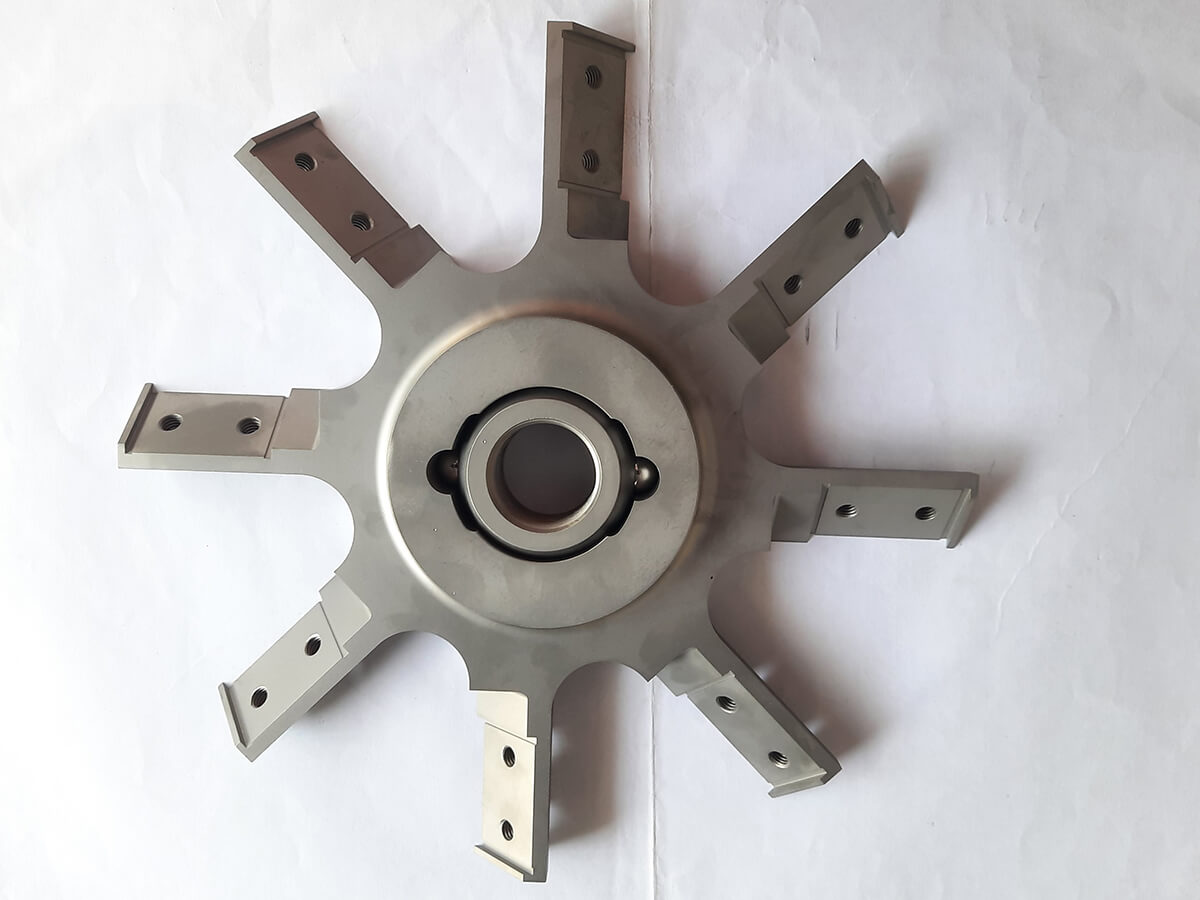Blog: Innovations & Insights

July 2025
Top Industries That Rely on Tungsten Carbide Blades and Why
Industrial operations worldwide are discovering what happens when superior blade technology meets demanding production schedules. Major automotive facilities now run three weeks straight without blade changes—a dramatic shift from the 12-hour replacement cycles that once plagued standard blade operations. This performance leap isn’t unusual—it’s exactly why certain industries can’t afford to run anything else. When downtime costs run $50,000 per hour and quality tolerances measure in microns, the blade choice isn’t really a choice at all.
This performance jump isn’t abnormal, and it’s exactly why certain markets can not afford to run anything else. When cost of downtime is $50,000 per hour and quality tolerances go to microns, the choice of blade isn’t really a choice.
The Tungsten Carbide Advantage That Changes Everything
Tungsten carbide blades rewrite the rules of what is possible when it comes to industrial cutting. The tungsten-carbon combination generates material hardness of 92-95 HRA versus standard carbide’s 85-90 HRA. That difference means edge retention is 30 times longer than high-carbon steel options. But hardness numbers don’t really mean anything until they appear on your production floor.
The real advantage comes from the way that tungsten carbide blades maintain their geometry under the punishment that destroys other materials. The heat, pressure, and abrasive contact that would very quickly destroy standard edges barely touches tungsten carbide performance. This durability is the springboard for everything else–the same cuts, predictable maintenance schedules, and the ability to commit to production that you can count on.
Plastics & Recycling: Where Razor Edge Meets Relentless Demands
The recycling industry puts blades through conditions that would make other applications look gentle. Contaminated waste streams contain hardened metals, abrasive glass, and debris that can destroy standard blades in hours. That’s where specialized recycling blades made from tungsten carbide have transformed operations that once struggled with constant downtime.
One facility processing 200 tons of mixed plastic daily watched their conventional blades fail every 36 hours. After switching to tungsten carbide recycling knives, they extended replacement intervals to 25 days while improving recovered material quality. The difference wasn’t subtle—it was transformational.
Compounding blades face similar challenges when processing filled polymers and recycled content. The abrasive particles in these materials wear cutting edges rapidly, but tungsten carbide handles them with remarkable resilience. Operations report blade life improvements of 300-500% when making the switch. Companies partnering with Razor Edge for their plastic processing operations find this durability advantage becomes a competitive edge that extends far beyond the cutting line itself.
The thermal advantages matter just as much. High-speed plastic processing generates substantial heat, and tungsten carbide’s superior heat dissipation keeps cutting edges sharp even under continuous operation. While standard materials might soften under high-temperature cutting, tungsten carbide maintains its hardness and geometry.
Manufacturing & Metalworking: Precision That Pays
In aerospace manufacturing, where tolerances are measured in microns rather than millimeters, tungsten carbide blades have become essential rather than optional. The crystalline structure maintains its integrity under conditions that would quickly degrade other materials, ensuring the first part and the ten-thousandth part meet identical specifications.
Automotive production lines demonstrate this consistency advantage daily. A transmission housing manufacturer reduced scrap rates by 12% after switching to tungsten carbide, noting that cut quality remained consistent throughout extended production runs. “We used to see gradual quality degradation as blades wore,” explained their production supervisor. “Now we get the same precision from start to finish.”
The integration possibilities become even more valuable when tungsten carbide blades work with advanced systems. Operations running equipment like Maag rotors find that superior blade materials enable the system integration that creates competitive advantages. When cutting technology matches system capabilities, the results exceed what either could achieve alone.
Wood Processing & Construction: Natural Materials, Unnatural Performance
Wood’s natural variation once meant accepting inconsistent cuts as inevitable. Today’s tungsten carbide blades cut through those limitations—literally. From hardwoods to engineered composites, these blades maintain their edge regardless of material density or composition.
Modern furniture manufacturing operations demonstrate this advantage clearly, with facilities reporting 15% reductions in material waste after implementing tungsten carbide technology. The precision cuts eliminate excess sanding and finishing requirements, delivering more usable product from every board foot processed. These improvements typically generate payback periods of three months or less.
The consistency proves particularly valuable in composite materials where varying density can quickly dull standard blades. Tungsten carbide handles these transitions seamlessly, maintaining cut quality across material changes that would challenge other cutting solutions.
Food Processing: Where Safety Meets Efficiency
Food processing demands the perfect balance of performance and compliance, and tungsten carbide blades deliver both. The material’s density prevents the micro-fractures that can harbor bacteria, making these blades ideal for meat processing, bakery operations, and prepared foods.
Food processing operations have transformed their blade maintenance schedules through tungsten carbide implementation. Facilities that previously required blade sharpening twice per shift now operate with weekly blade changes while achieving superior cut quality and reduced product waste. The extended service intervals mean fewer interruptions to production and less risk of contamination during blade changes.
Making the Smart Choice for Your Industry
The tungsten carbide decision comes down to matching superior material capabilities with operational demands. High-volume operations running continuous schedules typically justify the investment through extended service intervals and improved consistency. Quality-critical applications where cut precision directly impacts specifications usually require tungsten carbide’s superior edge retention.
Smart operations look beyond initial blade cost to total operating expenses. The extended service life reduces both direct replacement costs and indirect expenses associated with blade changes—downtime, quality variations, and maintenance labor all decrease when changes happen less frequently. Most operations that make the switch find the performance difference pays for itself quickly through improved productivity and reduced total operating costs.
When your production line’s success depends on cutting performance that holds up under real conditions, tungsten carbide blades provide the foundation that enables everything else to work properly.
